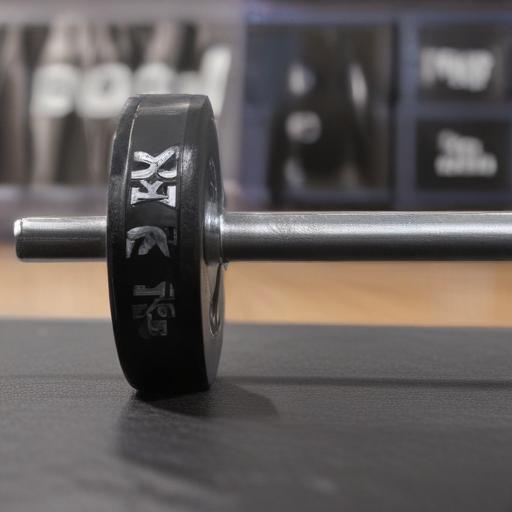Dwayne Johnson is stepping into uncharted territory with The Smashing Machine, admitting that the months leading up to production were defined by a rare, nerves-wracking fear. “It was very real. I had not experienced that in a very, very, very long time, where I was really scared and thinking, I don’t know if I can do this. Can I do this?” he says. The feeling fronted a broader realization: opportunities of this kind may not have appeared if he hadn’t pushed through that fear.
Johnson has long been a fixture of American pop culture, from blockbuster franchises like Jumanji to Netflix’s Red Notice. Yet his screen persona has often hovered in a familiar lane—an invincible hero who always has the answers. “DJ has been pigeonholed into the image of the big hero who’s got all the answers and he’s going to fix everything and he’s invincible,” says Emily Blunt, who co-stars as Mark Kerr’s no-nonsense partner Dawn Staples. “I think until this moment, maybe he thought that was the only lane that people wanted to see him in.” Johnson agrees: he was hungry for a chance to go raw and gritty, to “rip myself open,” and Smashing Machine presented that opportunity.
The project didn’t sprout overnight. Johnson first encountered the HBO documentary The Smashing Machine, which centers on MMA champion Mark Kerr and his battle with painkiller addiction, a few years after its 2002 release. He built a connection with Kerr as their careers intersected in the fighting world, recognizing a complexity in Kerr’s personality—a gentle giant known for brutality in the ring. The idea of bringing Kerr’s story to life lingered as a possibility.
The path forward gained momentum after Johnson watched Uncut Gems in 2019. He reached out to Benny Safdie about collaborating on a film about Kerr. Then the pandemic arrived, and like many projects of the era, Smashing Machine drifted. Yet the passion didn’t vanish. Benny Safdie recalls that Johnson’s conviction stuck with him: “Dwayne felt so deeply about it, it was something I couldn’t shake.” Even as the Safdie brothers pursued other projects—Josh directing a Netflix special and Benny taking on various productions—the seed remained.
Emily Blunt helped reconnect the pages with reality. She introduced Johnson to Safdie, and soon the team was assembling the pieces. The collaboration gained speed, and Johnson found himself facing the enormity of the undertaking. “We came up with this analogy of, like, we’re standing on the shoreline, we’re looking at these waves that seem so insurmountable,” Johnson reflects. “I remember [Emily] saying, ‘You just have to dive, and we’re going to dive [into] this thing together.’”
What this project signals is more than a single film. It marks a notable shift for a major star toward deeply vulnerable storytelling, guided by a filmmaker duo known for immersive, uncompromising work. The tension Johnson describes—between the fear of failing and the hunger to explore a tougher, more human side—points to a broader trend in mainstream cinema: top-tier performers increasingly leaning into roles that probe the fragilities beneath bravado.
Summary: Dwayne Johnson’s preparation for The Smashing Machine revealed a rare moment of vulnerability, driven by a desire to move beyond the traditional action-hero mold. Through a connection with Mark Kerr’s story, nurtured by Emily Blunt and the Safdie brothers, Johnson is embracing a raw, gritty role that could redefine his screen persona and highlight the power of collaborative, bold storytelling.
Takeaways:
– Johnson is intentionally pursuing more nuanced, gritty roles.
– The film centers on Mark Kerr’s painkiller addiction and recovery, drawn from real-life interviews and history.
– Emily Blunt played a key role in connecting Johnson with Benny Safdie.
– The project endured a pandemic delay but remains a showcase for a vulnerable, human side of a well-known action star.
Possible future angle:
– If Smashing Machine succeeds, it could influence Johnson’s choices going forward, encouraging further collaborations that blend star power with character-driven storytelling. It may also push the Safdie brothers’ distinctive style into more high-profile projects, expanding the range of their impact on mainstream cinema.
